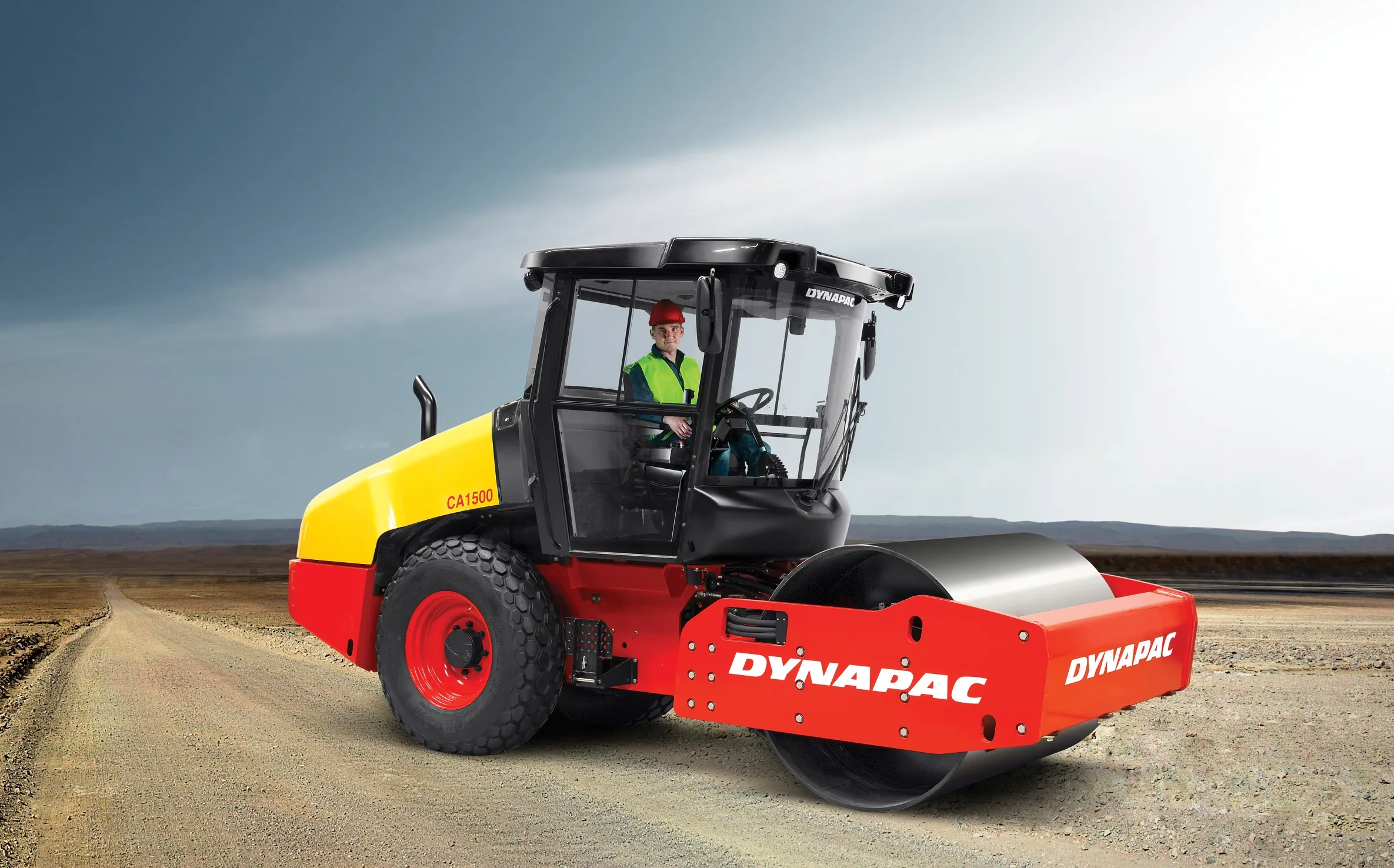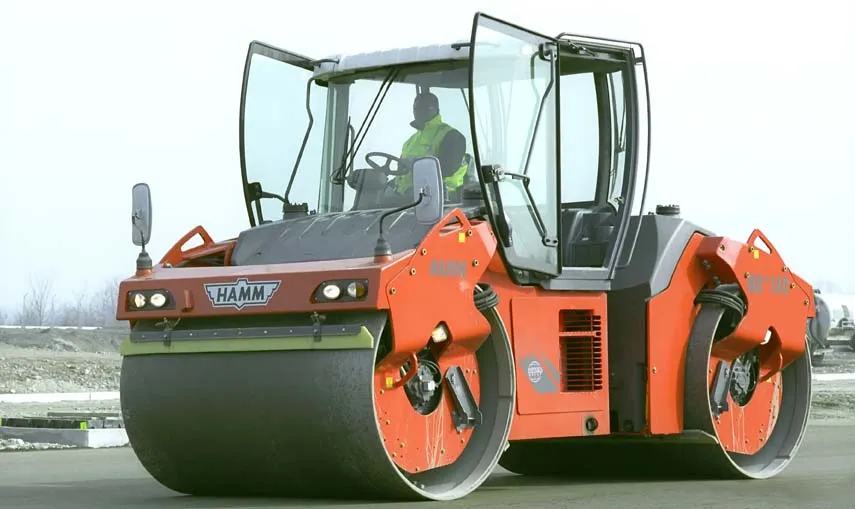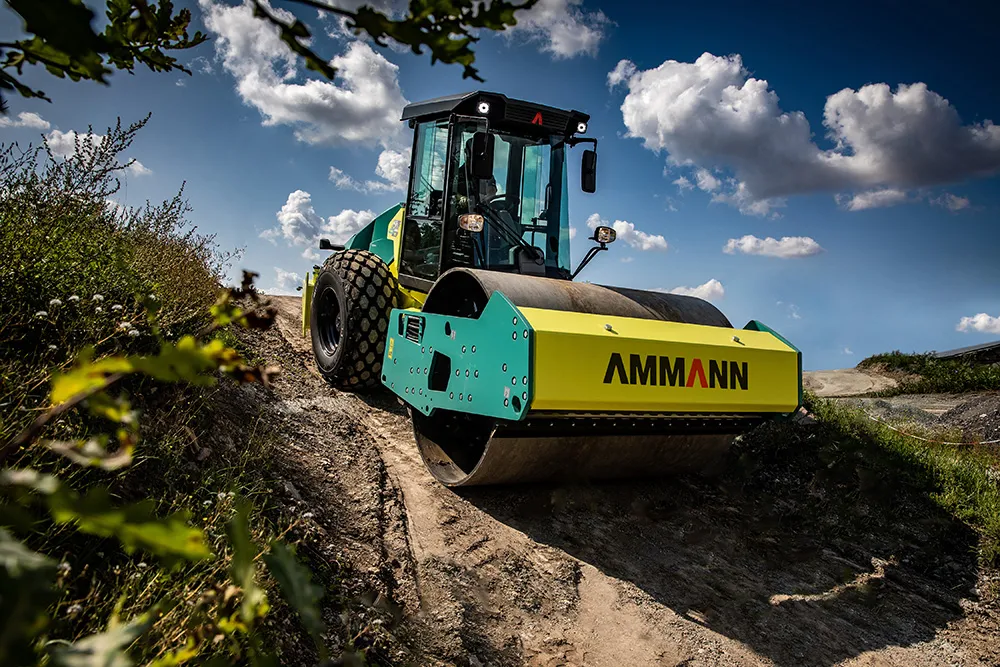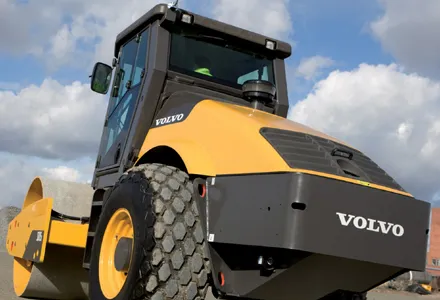Case Construction Equipment has used Conexpo 2014 to unveil its new Tier 4 Interim DV209 and DV210 high frequency asphalt compactors, both designed to improve fuel efficiency by up to 10% compared with previous models. The two new compactors add to the CNH brand’s range of high frequency double-drum models, and are said to give road builders more control and versatility to match the thickness and required density of each layer.
March 5, 2014
Read time: 2 mins
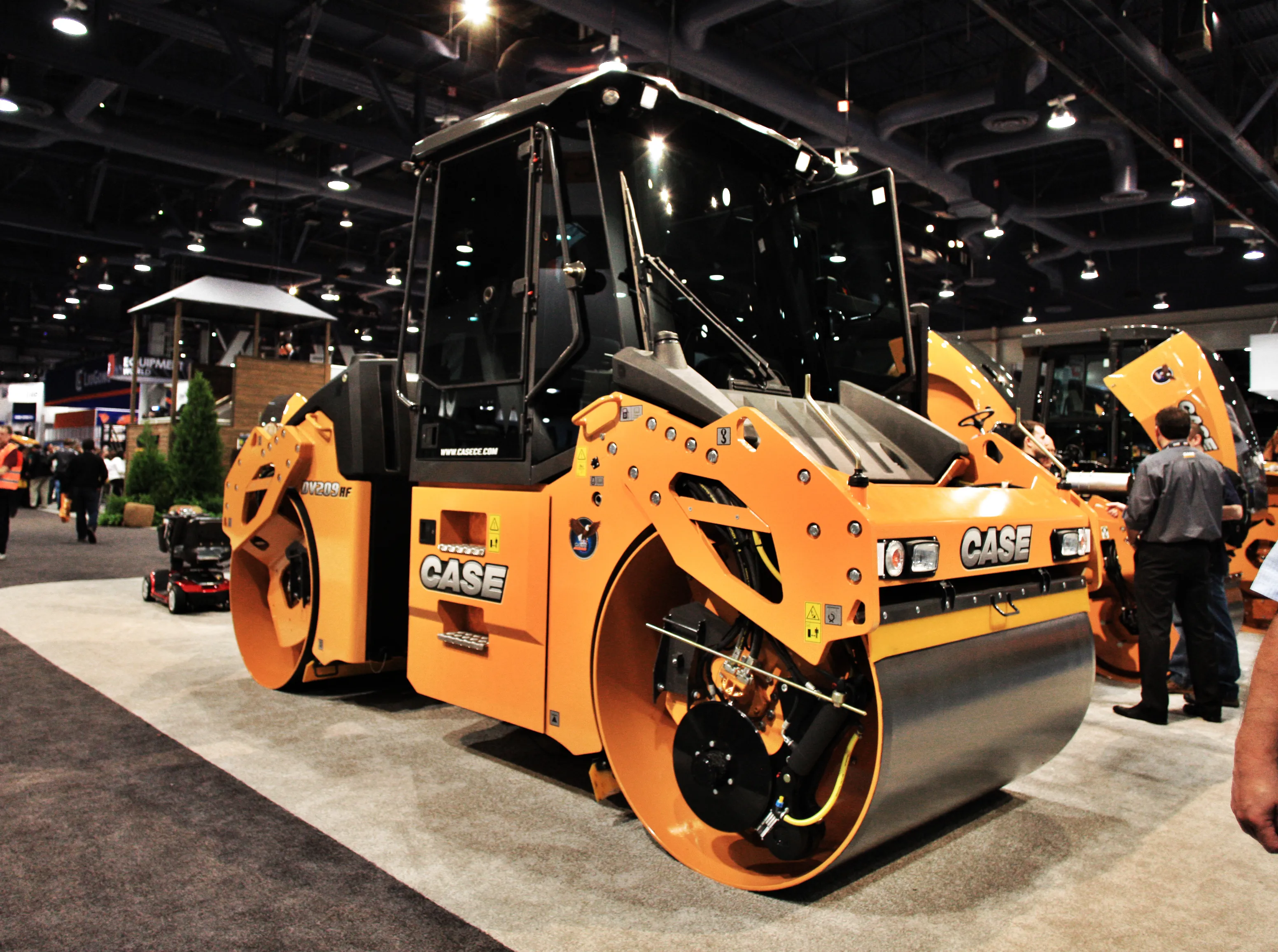
The two new compactors add to the
The DV209 and DV210 have operating weights of 9.54tonnes and 10.3tonnes respectively, and use a standard drum width of just over 1.67m on both machines. They have both been designed to suit most mid-size and large road projects says Case.
Both the DV209 and DV210 are compatible with optional ACEforce asphalt compaction technology. ACEforce is a compaction management and documentation system that provides precise measurement and evaluation of material stiffness, and allows for continuous adjustment of speed, frequency and amplitude depending on compaction measurement.
This is said to improve compaction efficiency by assisting in completing the job in as few passes as possible, and helps minimise the risk of over compaction and material destruction. Additionally, both machines feature large water and fuel tanks to allow the machine to work all day without fill-up, maximising productivity.
Service points on the DV209 and DV210 are easily accessible from the ground through large side doors and the filling and draining points for service fluids have been centralised. It all makes for easy and fast changes.
Both models are also compatible with the Case SiteWatch telematics system, which helps equipment owners better manage maintenance, equipment utilisation, operator performance, equipment security and overall production.
www.casece.com


